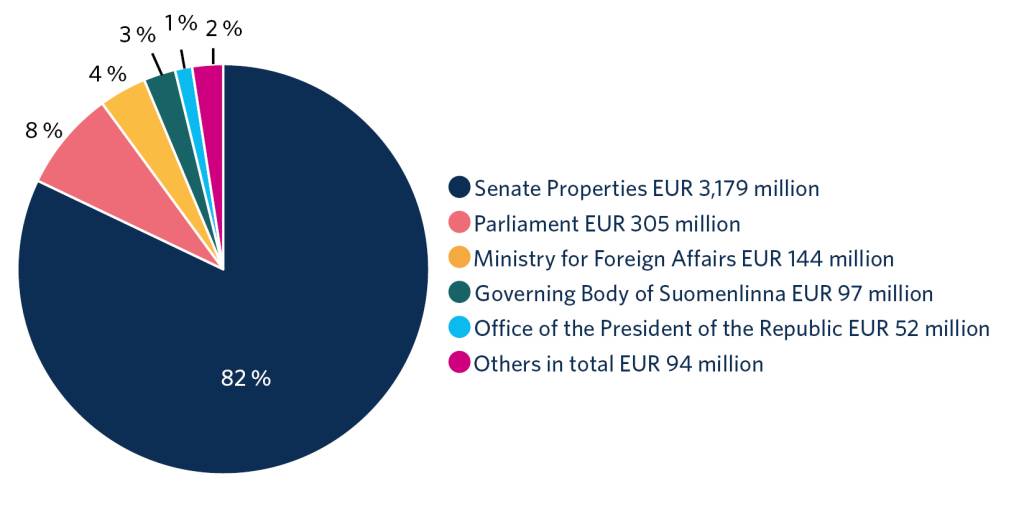At present, there are prerequisites for good lifecycle management of building assets in Senate Properties, the Governing Body of Suomenlinna, and the Ministry for Foreign Affairs. However, the effectiveness of the new practices of the Ministry for Foreign Affairs should be monitored closely.
In the audit, the National Audit Office examined the lifecycle management of central government building assets. Central government building assets are managed, for example, by Senate Properties, the Ministry for Foreign Affairs, and the Governing Body of Suomenlinna. The audit was targeted at how these three organizations take the lifecycle costs and benefits into account in their investments, the usage-phase management, and their transfer, demolition and sale decisions. The purpose of the audit was to ensure that the authorities and other actors responsible for central government building assets have created preconditions for good lifecycle management of these assets.
The building assets of central government are highly significant for central government finances: the value of the building assets included in the balance sheets of the central government accounting offices and unincorporated enterprises amounted to EUR 3.9 billion in 2019. The way in which central government manages the lifecycle of its building assets has a direct and indirect impact on central government finances. The impact is directly visible in the costs and revenues of the building assets and in the value of central government assets. The impact is indirectly visible for instance through the environmental impacts during the building assets’ lifecycle.
At present, there are prerequisites for good lifecycle management of building assets in all of the audited organizations. As a rule, the steering of the lifecycle management of building assets has been adequate, and the present practices of the organizations support good lifecycle management of these assets.
The practices of the Ministry for Foreign Affairs have previously not provided sufficient support for the lifecycle management of building assets. Nevertheless, the ministry has recently improved its practices substantially. Therefore, we recommend that the Ministry for Foreign Affairs should actively promote the establishment of its new property management practices, monitor their effectiveness, and make any necessary changes to them.

Figure: The book value of the building assets owned by the state either directly or through unincorporated state enterprises in 2019. The book value totalled about EUR 3.9 billion. The building assets comprise buildings included in national assets and buildings and structures included in tangible assets. The figure does not include building assets owned through state-owned companies or funds or individual shares in housing corporations. (Source: Government’s annual report for 2019, Appendix 2: Final accounts, total central government balance sheet; final accounts of Senate Properties for 2019, the entire Group; report on operations of the Parliamentary Office for 2019; final accounts of the Ministry for Foreign Affairs for 2019; report on operations and final accounts of the Governing Body of Suomenlinna for 2019; report on operations and final accounts of the Office of the President of the Republic for 2019. The item “Others in total” has been calculated by deducting the building assets according to the final accounts information of Senate Properties, Parliament, the Ministry for Foreign Affairs, the Governing Body of Suomenlinna, and the Office of the President of the Republic from the building assets of the total central government balance sheet.)








